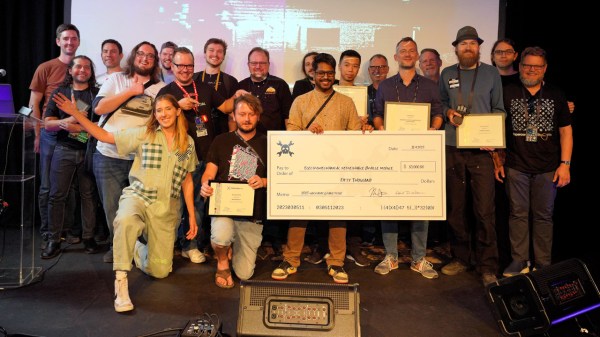In my teenage years I worked for a couple of summers at a small amusement park as a ride operator. Looking back on it, the whole experience was a lot of fun, although with the minimum wage at $3.37 an hour and being subjected to the fickle New England weather that ranged from freezing rains to heat stroke-inducing tropical swelter, it didn’t seem like it at the time.
One of my assignments, and the one I remember most fondly, was running the bumper cars. Like everything else in the park, the ride was old and worn out, and maintenance was a daily chore. To keep the sheet steel floor of the track from rusting, every morning we had to brush on a coat of graphite “paint”. It was an impossibly messy job — get the least bit of the greasy silver-black goop on your hands, and it was there for the day. And for the first few runs of the day, before the stuff worked into the floor, the excited guests were as likely as not to get their shoes loaded up with the stuff, and since everyone invariably stepped on the seat of the car before sitting on it… well, let’s just say it was easy to spot who just rode the bumper cars from behind, especially with white shorts on.
The properties that made graphite great for bumper cars — slippery, electrically conductive, tenacious, and cheap — are properties that make it a fit with innumerable industrial processes. The stuff turns up everywhere, and it’s becoming increasingly important as the decarbonization of transportation picks up pace. Graphite is amazingly useful stuff and fairly common, but not all that easy to extract and purify. So let’s take a look at what it takes to mine and refine graphite.



















